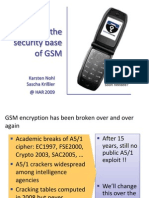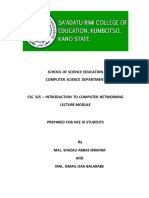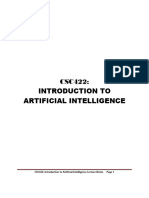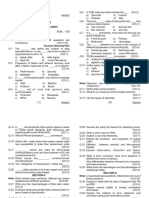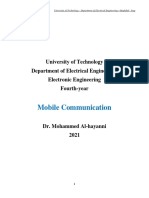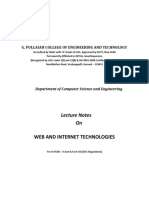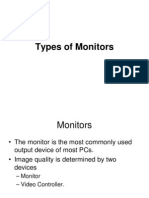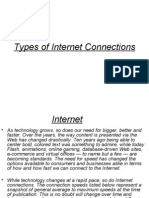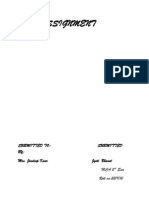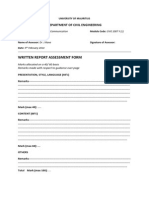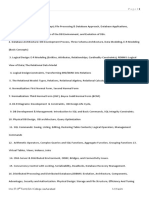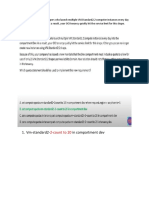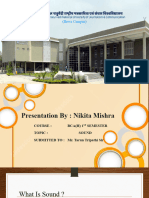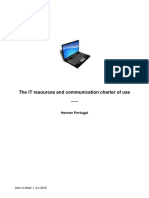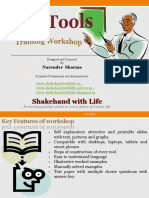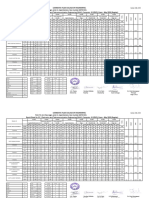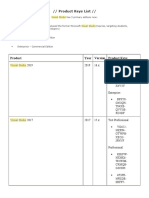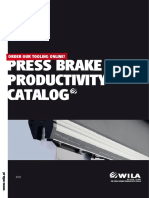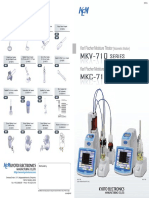83% found this document useful (6 votes)
9K views3 pagesData Scanning Devices
Data scanning devices allow direct data entry into a computer by scanning source documents, eliminating manual keying in of text. This improves data accuracy and timeliness. Common data scanning devices include image scanners, optical character recognition (OCR) scanners, optical mark readers, bar code readers, and magnetic ink character recognition (MICR) readers. Image scanners convert documents into electronic format while OCR scanners recognize characters for text processing.
Uploaded by
Romona Anne NanjeroCopyright
© Attribution Non-Commercial (BY-NC)
We take content rights seriously. If you suspect this is your content, claim it here.
Available Formats
Download as DOC, PDF, TXT or read online on Scribd
83% found this document useful (6 votes)
9K views3 pagesData Scanning Devices
Data scanning devices allow direct data entry into a computer by scanning source documents, eliminating manual keying in of text. This improves data accuracy and timeliness. Common data scanning devices include image scanners, optical character recognition (OCR) scanners, optical mark readers, bar code readers, and magnetic ink character recognition (MICR) readers. Image scanners convert documents into electronic format while OCR scanners recognize characters for text processing.
Uploaded by
Romona Anne NanjeroCopyright
© Attribution Non-Commercial (BY-NC)
We take content rights seriously. If you suspect this is your content, claim it here.
Available Formats
Download as DOC, PDF, TXT or read online on Scribd
/ 3
